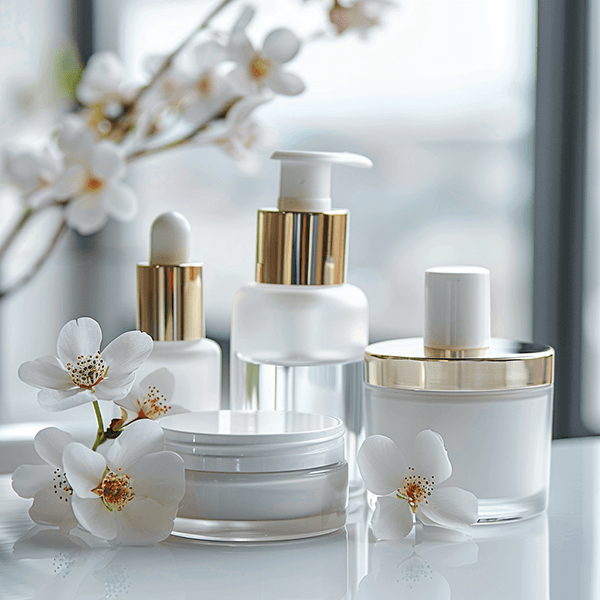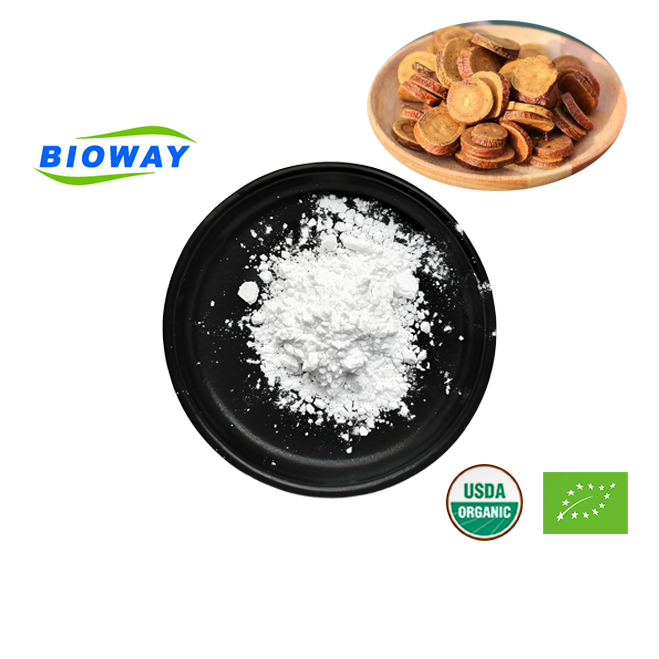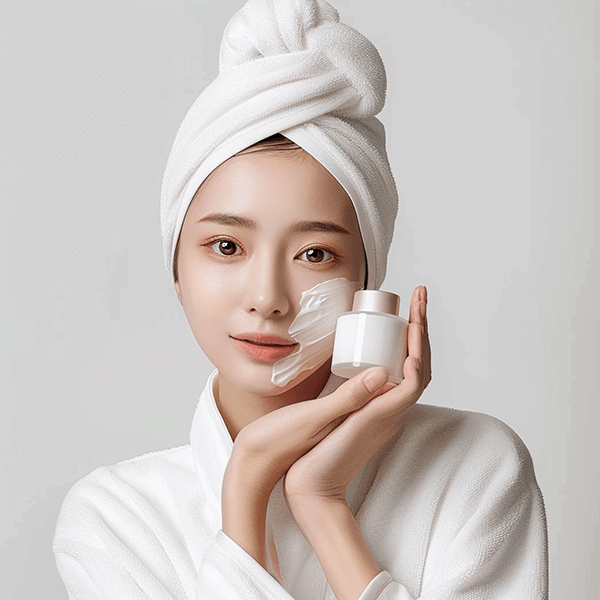I. Introduction
I. Introduction
In the pursuit of radiant and even-toned skin, a multitude of skin-whitening ingredients have garnered attention for their potential to address hyperpigmentation and promote a brighter complexion. Among these ingredients, Glabridin stands out as a powerful and sought-after component in the realm of skincare. This article aims to provide a comparative analysis of Glabridin with other prominent skin-whitening ingredients, including Vitamin C, Niacinamide, Arbutin, Hydroquinone, Kojic Acid, Tranexamic Acid, Glutathione, Ferulic Acid, Alpha-Arbutin, and Phenylethyl Resorcinol (377).
II. Comparative Analysis
Glabridin:
Glabridin, derived from licorice extract, has gained recognition for its remarkable skin-brightening properties. It is known for its ability to inhibit tyrosinase activity, suppress the generation of reactive oxygen species, and mitigate inflammation, thereby contributing to its potent whitening effects. The efficacy of Glabridin has been demonstrated to surpass that of several well-established skin-whitening ingredients.
Vitamin C:
Vitamin C, or ascorbic acid, is renowned for its antioxidant properties and its role in inhibiting melanin production. It is a popular ingredient in skincare products due to its ability to brighten the skin and address hyperpigmentation. However, the stability and penetration of Vitamin C in skincare formulations can vary, impacting its overall efficacy.
Niacinamide:
Niacinamide, a form of Vitamin B3, is celebrated for its multifaceted benefits, including its potential to reduce hyperpigmentation, enhance skin barrier function, and regulate sebum production. It is known for its anti-inflammatory and antioxidant properties, making it a versatile ingredient in skincare.
Arbutin:
Arbutin is a naturally occurring compound found in various plant species. It is valued for its skin-lightening effects and its ability to inhibit melanin production. However, concerns have been raised about its stability and potential for hydrolysis, which may impact its efficacy in skincare formulations.
Hydroquinone:
Hydroquinone has long been utilized as a skin-whitening agent due to its ability to inhibit melanin production. However, its use is subject to regulatory restrictions in some regions due to safety concerns, including potential skin irritation and long-term adverse effects.
Kojic Acid:
Kojic acid is derived from various fungi and is recognized for its skin-lightening properties. It functions by inhibiting tyrosinase, thereby reducing melanin production. However, its stability and potential for causing skin sensitization have been noted as limitations.
Tranexamic Acid:
Tranexamic acid has emerged as a promising skin whitening ingredient, particularly in addressing post-inflammatory hyperpigmentation and melasma. Its mechanism of action involves inhibiting the interaction between keratinocytes and melanocytes, thereby reducing melanin production.
Glutathione:
Glutathione is an antioxidant naturally present in the body, and its skin-whitening effects have garnered attention in the skincare industry. It is believed to exert its whitening effects through various mechanisms, including inhibiting tyrosinase activity and reducing oxidative stress.
Ferulic Acid:
Ferulic acid is valued for its antioxidant properties and its potential to enhance the stability and efficacy of other antioxidants, such as Vitamin C and Vitamin E. While it may contribute to overall skin health, its direct skin whitening effects are not as pronounced as other ingredients.
Alpha-Arbutin:
Alpha-arbutin is a more stable form of arbutin and is recognized for its skin-lightening effects. It is considered a gentler alternative to hydroquinone and is often favored for its potential to address hyperpigmentation without causing skin irritation.
Phenylethyl Resorcinol (377):
Phenylethyl resorcinol is a synthetic compound known for its skin-lightening effects and its potential to address uneven skin tone. It is valued for its stability and safety profile, making it a preferred choice in skincare formulations.
Conclusion:
In conclusion, Glabridin, along with other skin-whitening ingredients, plays a pivotal role in addressing hyperpigmentation and promoting a brighter, more even complexion. Each ingredient offers unique mechanisms of action and benefits, and their efficacy may vary based on formulation, concentration, and individual skin characteristics. When selecting skincare products, it is essential to consider the specific properties and potential limitations of these ingredients to make informed choices that align with individual skincare needs and preferences.
Contact Us
Grace HU (Marketing Manager) grace@biowaycn.com
Carl Cheng ( CEO/Boss ) ceo@biowaycn.com
Website: www.biowaynutrition.com
Post time: Mar-21-2024













